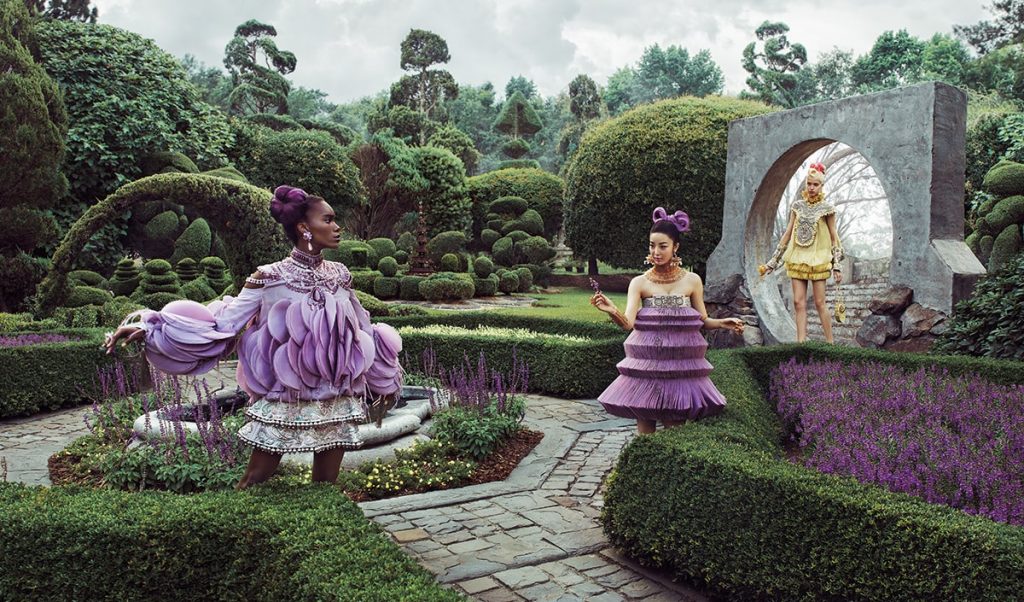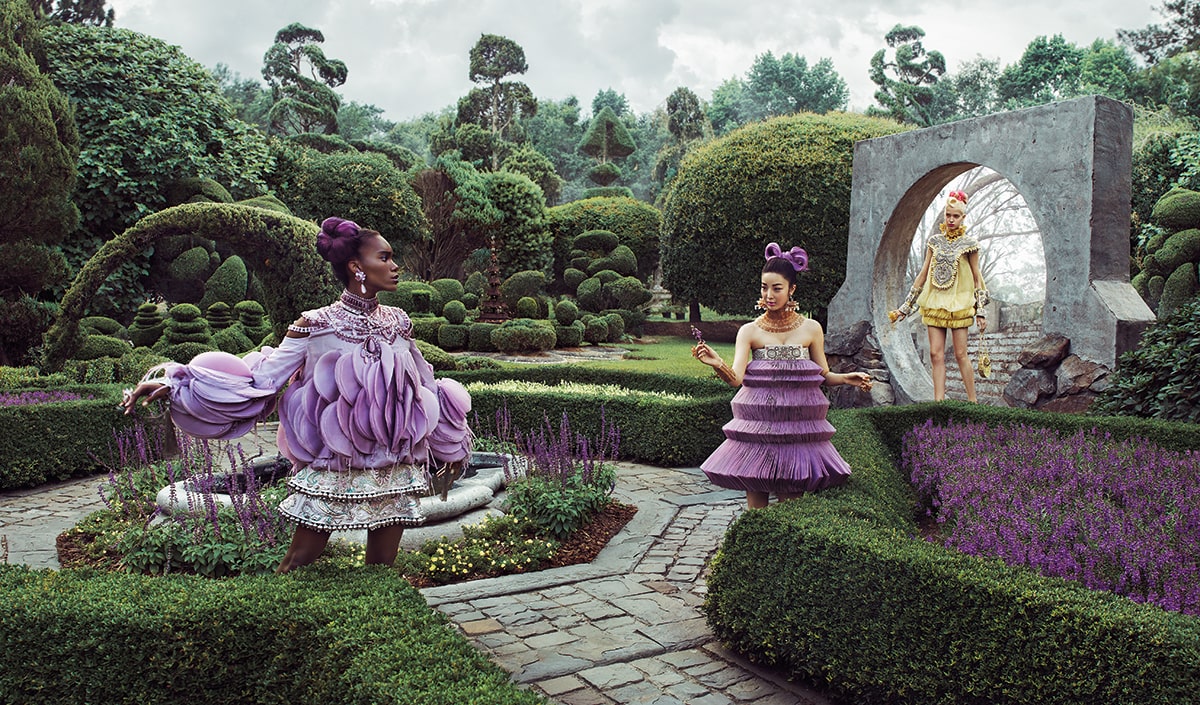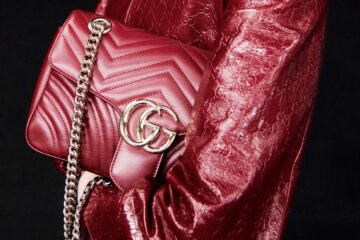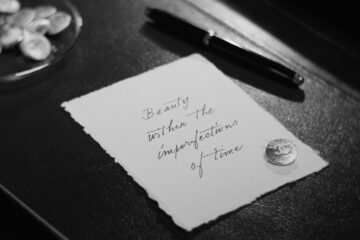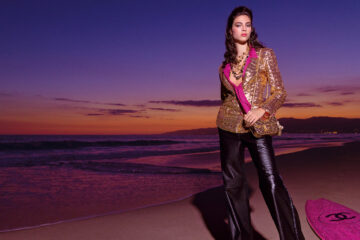Guo Pei: Queen of Couture
Guo Pei, China’s most well-known haute couture designer, tells us about where she finds inspiration, her deeply rooted love for Chinese culture and how she considers herself a happy woman.
From the weight of the clothing, to the height of the shoes, Guo Pei’s work represents the strength and confidence of a woman who can bear the weight of the crown of her work — both literally and figuratively. As China’s most notable fashion designer, Pei’s embellished creations go beyond any fantasist’s imagination and reflect the spirit of Pei’s deeply rooted love for Chinese history and culture, which to her, are synonymous with beauty.
Pei’s work manages to anchor you through the gravitas of unparalleled craftsmanship, ultimately magnifying the beauty that exists in Eastern culture and beyond. For Westerners, Pei is best known for the Yellow Empress gown that Rihanna wore to the Met Gala in 2015 — a gown that took two years to create. Although the Met Gala gown may be the most recognized of Pei’s creations, she considers her most representative design to be the Magnificent Gold, a gown that holds the essence of what exists within all of her work. “Some people see China in this work, some see the sun, some see status, some see wealth, some see time and so on. In fact, they are all different. This is the charm of art. Art inspires mankind, so I think these works have gone beyond clothing. It is no longer a piece of clothing, but a carrier of culture, history, human emotions and love.”
Q. Describe your sources of inspiration. Do they come from history, art or nature? How has that influenced your work?
When it comes to sources of inspiration, I have to say that is it not particularly specific. At this time in my life, as I continue to age and my life experiences expand, I feel more and more inspired. It not only comes from history and art, but also sometimes it comes from my responses to them and external influences. In other words, when things on the outside touch my emotions or feelings, or the moment when I feel stirrings in my soul or the embrace of life, I want to share it with all my heart. However, I want to use my language, my own vision and my way, through my presentation of clothing and couture, to share it with the world.
To be honest, this has been a process of evolution. I remember when I was young and I was starting out as a designer, studying fashion design, that when I was creating or designing, I felt that I was looking for inspiration everywhere. Sometimes I deliberately read things, such as history books, and went to museums, as if in an almost forced manner that was the only way I could get inspired. However, with the passing of time and increasing of age, there is an accumulation of life experiences and a deeper understanding of the world. I have found that ideas come to my mind more naturally, spontaneously and organically. This kind of inspiration is neither intentional nor deliberate. There is no overwhelming rush to find out where it originated from.
Q. What was it like to design Rihanna’s trailing yellow gown at the 2015 Met Ball?
In 2015, Rihanna put on one of my big yellow robes. All of a sudden, the whole world saw this dress, saw a Chinese designer and saw Chinese design. In fact, this dress is from my work, which was released in 2010 as part of the 1002 Nights series. This piece was from a wider collection, which was designed and based on the classic story of 1,001 Arabian Nights. Arabian Nights is the first fairy tale I read when I was very young, and one many children would have seen, and which we translate it into Tian Fang Ye Tan.
Rihanna saw a picture of this dress in my series and then she sent an email over to my office to say that she wanted to wear this dress on the red carpet for the Met Gala. I didn’t know Rihanna very well at the time, so I didn’t expect that the moment she wore this dress on the red carpet that it would attract the whole world’s attention. It appeared in The New York Times and on the cover of major magazines, newspapers and related media internationally. Such a global coverage is perhaps why everyone has their own understanding of my work, and many people think it is very Chinese.
Q. How many hours does it take to design and create one of your designs?
How long it takes to create one of my designs has no definite answer. Sometimes I’m not in a rush and I just want to focus on the process, so I don’t restrict myself about timing. I might do it for a year or two, and some of my works have taken at least two years, with some of my unpublished works taking three or five years to finish. I think many designers, if they had a choice, are not in a hurry to release, so I just want to complete it and do it slowly. Of course, some works have a time limitation, such as the couture shows in Paris being twice a year in July or January. It has a schedule, so I must finish it within this schedule. For such projects, I will plan.
I have never thought about the time regarding completing work. In the past or in various parts of the world, many artists might have spent a lifetime or decades to complete a good work. For the movie Avatar, the director took seven years. I think good artwork requires time polished. I sometimes feel that the work is never truly finished. I have always felt that it is not in the best or the most perfect end state. If given more time, I can continue to refine work and continue to labour over it to complete it. This is the same feeling shared by many artists. They believe that some works will never be finished. Because you are growing and improving as an artist, creator and person, you are also changing through time. So, it’s inevitable to want to make changes on your works with constant adjustments and improvements. In short, it’s hard to tell how long it takes to complete a work.
Q. Who do you admire in your industry?
There are actually many people I admire in the industry. Among the designers all over the world, most of the designers I admire are perhaps not surprisingly haute couture designers. For example, the designer Cristóbal Balenciaga is a designer whom I particularly adore. When I went to Spain to see his exhibition, I thought he was particularly talented with a sense of uniqueness and incredible life experiences that shaped his work.
Of course, I also like designers, such as Alexander McQueen and Alber Elbaz from Lanvin. I adore John Galliano, as well. Because of their wisdom and their way of manipulating materials, I particularly appreciate them. I especially admire people who love life, appreciate life, express life and have artistic creativity.
“I consider myself a Happy woman. I lack Nothing. I have a Job that I love very Much, a happy family, Two adorable Daughters and a Husband who loves Me very much”
There are such names as Yves Saint Laurent, Mr. Dior and Ms. Chanel. I have always admired them since I was young and see them all as pioneers. For me, becoming a fashion designer is because of their brilliance. Although, I liked to make clothes and fashion designs when I was young, the moment I really understood what design meant, and how to design, was when my attention was captivated by their works. I always believe that they are my role models.
Q. What do you find most challenging when designing a collection?
When designing a collection, the most challenging aspect is the craftsmanship that is required. Craftsmanship is the foundation of creation and carries creative ideas through the construction process to the final piece. Therefore, if the craftsmanship is not in place, it will be the biggest limitation in realizing that idea.
Q. How would you describe your style?
I don’t give too much thought to describing or choosing my own style. I think style is a process that takes a long period of time and persistence for it to emerge and gradually be formed. It is usually a kind of discernment of others toward you. Sometimes, designers or the creators themselves don’t even get ahold or grasp of it, and in my case, I don’t want to restrict myself with the idea of “style”nor care too much about one single style.
To be honest, I don’t think this is something I can control. Therefore, if there is a style that is formed in the minds of people and they can recognize it as being representative of me, then it is actually a good thing, and this style will become genuine. If I define or choose it by myself, then this style may change at a certain time or in a certain environment. So, I never thought about what style I belong to, and, answering this question now, it is also difficult for me to describe. Maybe many people say that my style is embroidery and handwork, but I don’t agree completely.
Q. What can you tell us about your family and your personal life?
I consider myself a happy woman. I lack nothing. I have a job that I love very much, a happy family, two adorable daughters and a husband who loves me very much. In so many ways my life is complete — a full circle, you might say. I think life is best when you are able to not miss a piece of all the important parts or elements. Some people may choose a career, and some people will choose a family, and I realize I am very fortunate to have so much. In fact, 10 or 20 years ago, I was often asked by the media: “If I were to make a choice between my family or career, what would I choose?” At that time, I didn’t understand it, why they would ask this, and I replied: “Why should I choose? Why not let me have it all?” I believed then, and still do, that everyone’s life and family are two different parts of a whole, and it’s a matter of balance. With anything in balance, one cannot put too much emphasis on one part or one side. For equilibrium, you must work hard to balance your family and career, so that your life can be fulfilled.
Q. What are some things you like to do when you are not working?
When I am not working, I like to organize the house and spend time gardening. I like to create a beautiful environment for my family, whether that is decorating spaces, building and creating homes, interior decorating or gardening.
Q. What is the best gift you have ever received?
I have received so many wonderful gifts, and many of them might be called “best.” However, a year ago, before the pandemic hit, I received a very meaningful gift. It was a necklace that had been worn by Ms. Chanel during her lifetime. A good friend from New York, who is the CEO of a modelling company, gave it to me personally. He mentioned that Ms. Chanel had originally given the necklace to her favourite model, Pedi. When Pedi quit the fashion industry, she passed the necklace to him. He felt that the necklace would hold greater significance and be more meaningful to me. He gave it to me knowing I would treasure it and look after it, and then, one day, I will give this necklace to my favourite person and pass it on.
Q. What does La Dolce Vita mean to you?
To me, a sweet life means beauty and fulfilment. It also implies eternity, continuity and inheritance.









































































